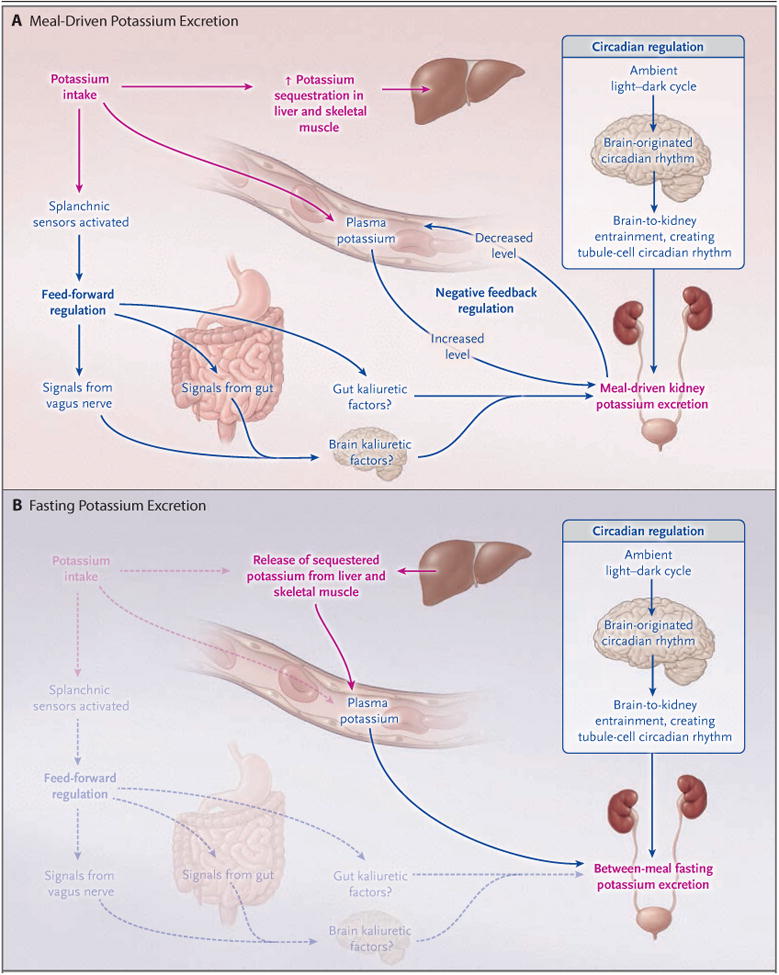Figure 1. Overview of Potassium Homeostasis.

Shown are the known mechanisms that regulate external potassium balance and the pathways for net potassium movement associated with meal-driven potassium intake (Panel A) and with between-meal fasting (Panel B). Meal-driven potassium intake initiates both an increase in potassium excretion and sequestration of potassium in liver and skeletal muscle. Increased excretion is driven by reactive mechanisms, which can be either dependent on the plasma potassium level (negative-feedback regulation) or independent of the plasma potassium level (feed-forward regulation) initiated at splanchnic receptors. The circadian rhythm drives a predictive regulation of the tubule mechanisms responsible for potassium excretion, generated by a central clock and transmitted to circadian clocks in the tubule cells responsible for variations in potassium excretion. This rhythm enhances excretion during the active daylight phase and diminishes it during the inactive nighttime phase. In combination, these components provide maintenance of total body potassium levels within narrow limits without appreciable changes in the plasma potassium level. Between periods of meal intake, potassium is released from intracellular stores (primarily liver and skeletal muscle) for excretion.
